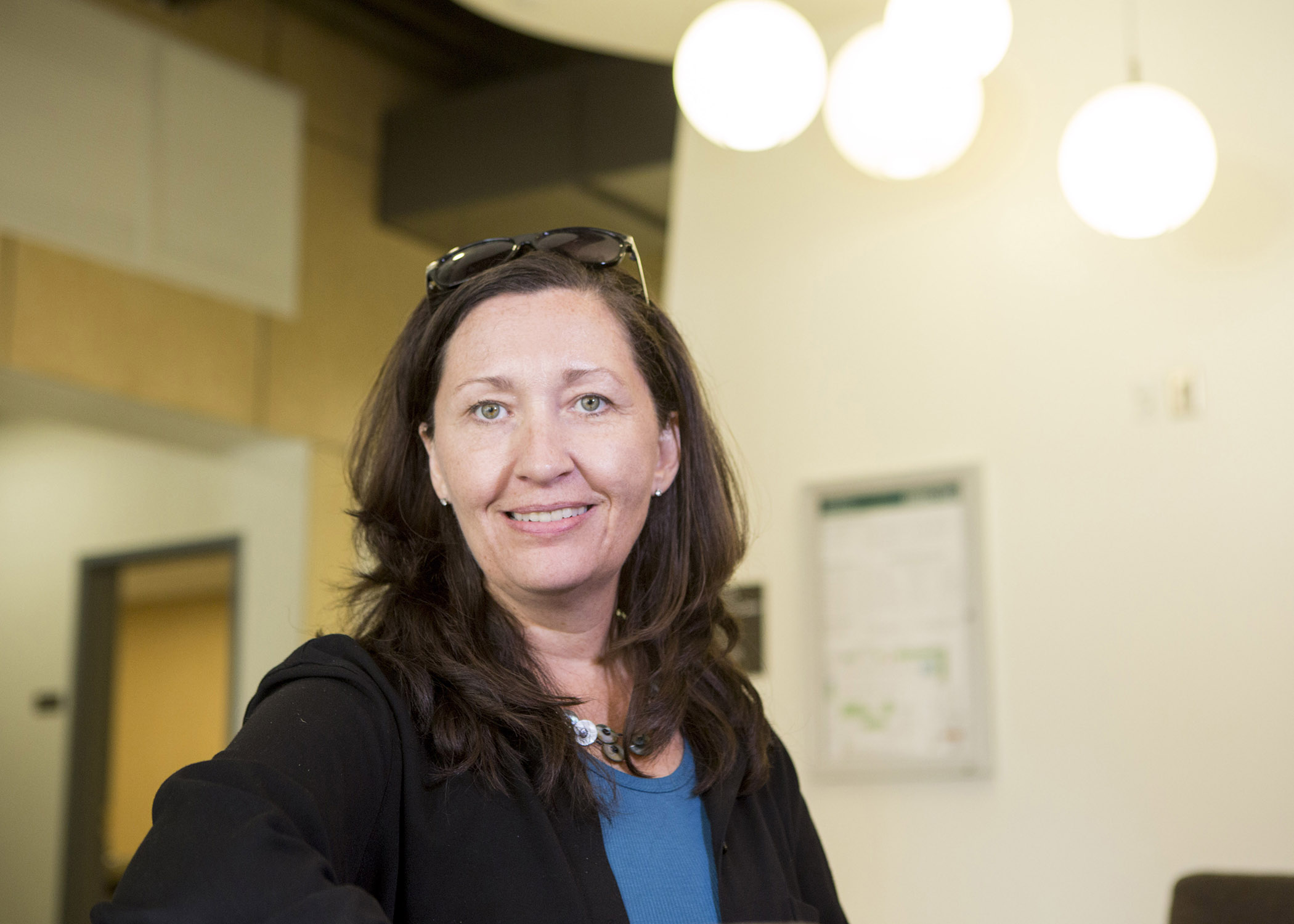As a journalist and producer covering breaking news for CNN, Karen Hilyard always was drawn to the stories that many found harder to tell, particularly disaster stories or those that dealt with trickier topics in the science and health fields.
Her passion for these stories paid off in accolades. One of the first on the scene after the Oklahoma City bombing, Hilyard received an Emmy, a Cable ACE and a National Headliner Award for her coverage of the aftermath of the 1995 attack.
FACTS
Karen Hilyard
Assistant Professor
- College of Public Health
- Ph.D., Mass Communication, Grady College, UGA, 2008
- M.A., Communication-Journalism and Public Affairs, American University, 1990
- B.A., History, Dartmouth College, 1987
- At UGA: 4 years
“At that time, I had no idea I was already communicating about public health and safety issues or that the whole area of disaster or emergency preparedness fell under the aegis of public health,” she said.
Now an assistant professor of health promotion and behavior in the College of Public Health, Hilyard trains future public health professionals to effectively communicate public health messages and improve health literacy.
“Many people equate health communication with mass media campaigns like those focused on smoking cessation,” Hilyard said. “But health communication also includes the conversations on health that take place between doctors and patients, family members and friends. It addresses peoples’ understanding of the science behind various health recommendations as well as their ability to discern what health information is credible and what is not so they can make the appropriate decisions.”
Another aspect of the field also involves communicating health risks and benefits, she added.
“There is a lot to health communication when you dig into it,” Hilyard said.
Capitalizing on her interests in disaster preparedness and crisis communication, Hilyard earned her doctorate at the UGA Grady College of Journalism and Mass Communication studying pandemic flu outbreak preparedness and communication. Since then, her research has expanded to include communication related to vaccines, infectious disease, health disparities, and emergencies and disasters.
For her most recent project, Hilyard is working with researchers from George Washington University and Johns Hopkins University to develop a computational tool capable of tracking vaccination attitudes and behaviors in real time through Twitter.
“Vaccination has been one of the great public health success stories of the past century,” she said. “It has allowed us to eradicate some diseases, greatly reduce the incidence of others and ultimately bring the rate of death and disability caused by complications of childhood illness to really low levels.”
However, a critical part of that success story involves keeping the percentage of vaccinated people above a certain threshold, according to Hilyard.
For measles, 90 to 95 percent of people must be vaccinated to protect the entire population, or achieve what is called herd immunity.
“Falling below this threshold can lead to serious outbreaks,” she said. “Yet across the U.S., we find communities where the percentage of unvaccinated children may be around 30 to 40 percent.”
Health communication can address a lot of the issues related to vaccine hesitance and refusal, Hilyard said.
“Helping to shed light on the risks of vaccine-preventable diseases, to understand the science of how vaccines work, to recognize the importance of herd immunity-and that your vaccine decision could affect the health of your friends, your family and your community-those are all ways that improved health communication can increase vaccination rates and prevent future outbreaks,” she said.


